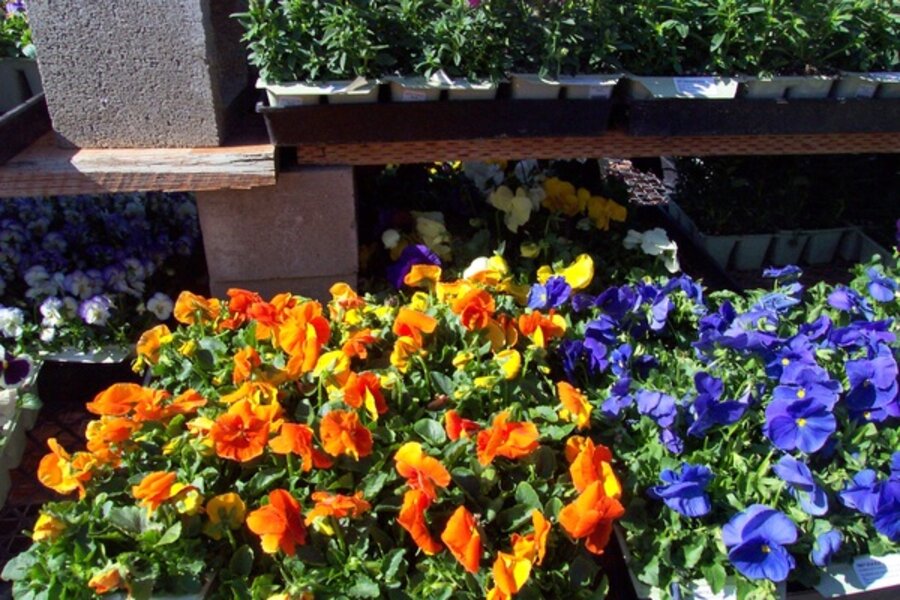It's easy to grow plants from seed
Loading...
Should I go with seeds or started plants in my garden?
It’s a question I am asked with regularity by SoCal gardeners. The short answer is started plants are quicker than seed.
Seeds offer more choices
But there’s more to it than that. You’ll find dozens more varieties of plants, literally, from which to choose if you go the seed route, and often that’s a consideration. I just checked a major seed catalog and found some 20 listed varieties of tall marigolds, eight of dwarf marigolds.
Even in the best of nurseries and garden centers, you’ll be fortunate to find half that many. Maybe you want tall yellow marigolds and all you can find are gold minis, for instance. If you start seed, you can easily get exactly what you want.
Some gardeners say that they’re reluctant to try seed because it’s so small, they don’t know how deep to plant it, how much water to give a new planting, etc., etc.
Once you' ve tried it, all that reluctance pales, since seed is easy. Today’s seeds have have germination rates and tolerate mistakes in planting. That works in your favor.
I once forgot to cover a small row of zinnia seed after planting and was surprised to find that almost every seed, despite not being covered, germinated after about five days. I don’t recommend that, but it shows that you can go the seed route with confidence.
How to sow seeds
I use a good planting mix for starting seeds under controlled conditions, make a small trench -- about one-quarter inch deep -- and carefully shake the seed out of the packet, trying to spread it as best I can. (There are some tools made for planting seed, and they work, but you can do it just as well without them if you’re careful.)
After placing the seed in the trench, I smooth the soil over to cover the seed, tamp it down gently, then water well with a fine spray.
Keeping the seedbed moist is a must, even if it means watering two to three times a day, especially in the usually dry spring and summer in Southern California. Most flower seeds will germinate in five to 10 days; vegetable seeds usually germinate more quickly, depending on the type of vegetable.
Once the green growth starts showing, continue to water as needed. When the seedlings are about two to three inches tall, they can be transplanted into their permanent location. Again, keeping the soil moist is important to help them come through transplanting shock.
Currently the National Garden Bureau has a good article on their website on seed sowing tips and techniques.
To receive Monitor recipes weekly sign-up here!
-----
Gerald Burke is a freelance horticultural writer. He spent 35 years in the seed business, 30 of them with Burpee, and is a member of the Garden Writers Association. He regularly writes about gardening in Southern California for Diggin' It.





